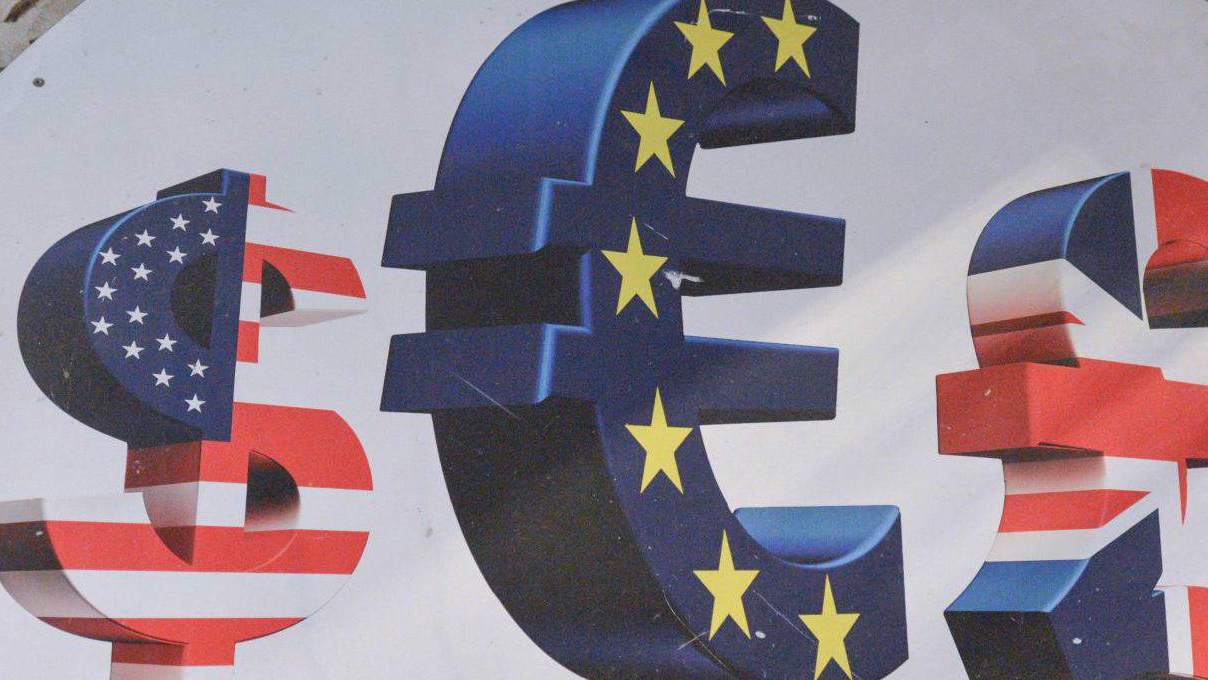
By Stuart Talman, XE currency strategist

In the absence of tier 1 data releases or volatility inducing headlines, the market has traded with calm through Monday's sessions - the S&P500 and Nasdaq trade fresh all-time highs, US treasury yields have paused last week's slide and, the Scandies aside, G10 currencies' net moves have been contained in a +/- 0.20% intraday band.
Logging its best week since mid-May, the New Zealand dollar commenced the new week near 0.6130, ranging between here and 0.6150 through Monday's three sessions.
In yesterday's update we flagged 0.6150 as a notable resistance level having blocked NZD/USD upside on multiple occasions through the first quarter earlier in the year. Monday's price action suggests this level may once again place a cap on the Kiwi, although key event risk looms over the next few days via the RBNZ meeting, Fed Chair Powell's two-day congressional testimony and the week's headline event, US CPI data for June.
Once these events have been observed, a clearer picture will emerge regarding the Kiwi's next directional play.
Given the rebound from the 02 July swing low near 0.6150 and prominent resistance around 0.6220, these lower and upper bounds should be referenced to determine the short to medium term bias.
Further conviction the Fed will commence lowering the target rate at the 18 September FOMC meeting accompanied by a 0.1% to 0.2% month-on-month print for core CPI, are the obvious catalysts to induce a more pronounced wave of USD selling.
Core CPI last delivered a 0.1% MoM gain in August 2021.
Rates markets currently assign a greater than 80% implied probability the Fed will deliver a 25 basis point cut at the September FOMC meeting. A 0.1% result, yielding an annualised core reading of 3.3% (down from 3.4%) would compel the market to conclude a September cut is a done deal.
Attention will turn to day 1 of Fed Chair Powell's Semimanual Monetary Policy report and the accompanying grilling he will receive from congressional members who will no doubt be eager to gain some insights into whether the Fed is itching to pull the easing trigger. Questioning will focus on whether the Fed's confidence levels have risen regarding inflation returning to target within the Fed’s forecasted timeline.
Powell will likely highlight the improving balance between the labour market and price pressures but may signal that caution is still required to ensure disinflationary forces do not evaporate.

Heading across the North Atlantic, the second round French election result weighed on the euro at the week's open, EUR/USD gapping lower by almost 40 pips whilst the yield on the French 10-year gapped higher, signalling the market's antipathy to the political gridlock, caused by a surprisingly strong result for the left-wing bloc, New Popular Front (NFP).
Despite their stark ideological differences, the NFP and far-right RN share one thing in common - their platforms are both expected to induce a further deterioration in France's fiscal position given their preference for spending and shunning EU austerity rules.
All eyes will be on the political manoeuvring now required to form the new government which will likely add to the uncertain tone and jitteriness.
The euro did pair losses whilst the spread between French and German bonds narrowed through Monday's sessions, EUR/USD trading back to flat whilst NZD/EUR eased from highs near 0.5680 to commence Tuesday's local session near 0.5660.
The 13 June swing high occurred within a couple of pips of 0.5750 followed by the 02 July swing low forming a few pips below 0.5640. The pair likely range trades between these two levels as details emerge regarding the composition of France's next government.
It’s a quiet week for eurozone data releases and in addition ECB speakers are absent given it’s the blackout period ahead of next week's ECB meeting.
The day ahead is all about Powell's testimony given it’s a quiet economic calendar. Action steps up tomorrow as the RBNZ meets, expected to send the message that despite the significant cooling in economic activity and deteriorating sentiment, still elevated domestic inflation requires the OCR to remain at 5.50%.
The Kiwi's path over the next 24 hours will be dictated by Chair Powell's tone. Should he imply the Fed are nearing the first rate cut, NZD/USD challenges 0.6150 resistance.
Stuart Talman is Director of Sales at XE. You can contact him here.

We welcome your comments below. If you are not already registered, please register to comment.
Remember we welcome robust, respectful and insightful debate. We don't welcome abusive or defamatory comments and will de-register those repeatedly making such comments. Our current comment policy is here.